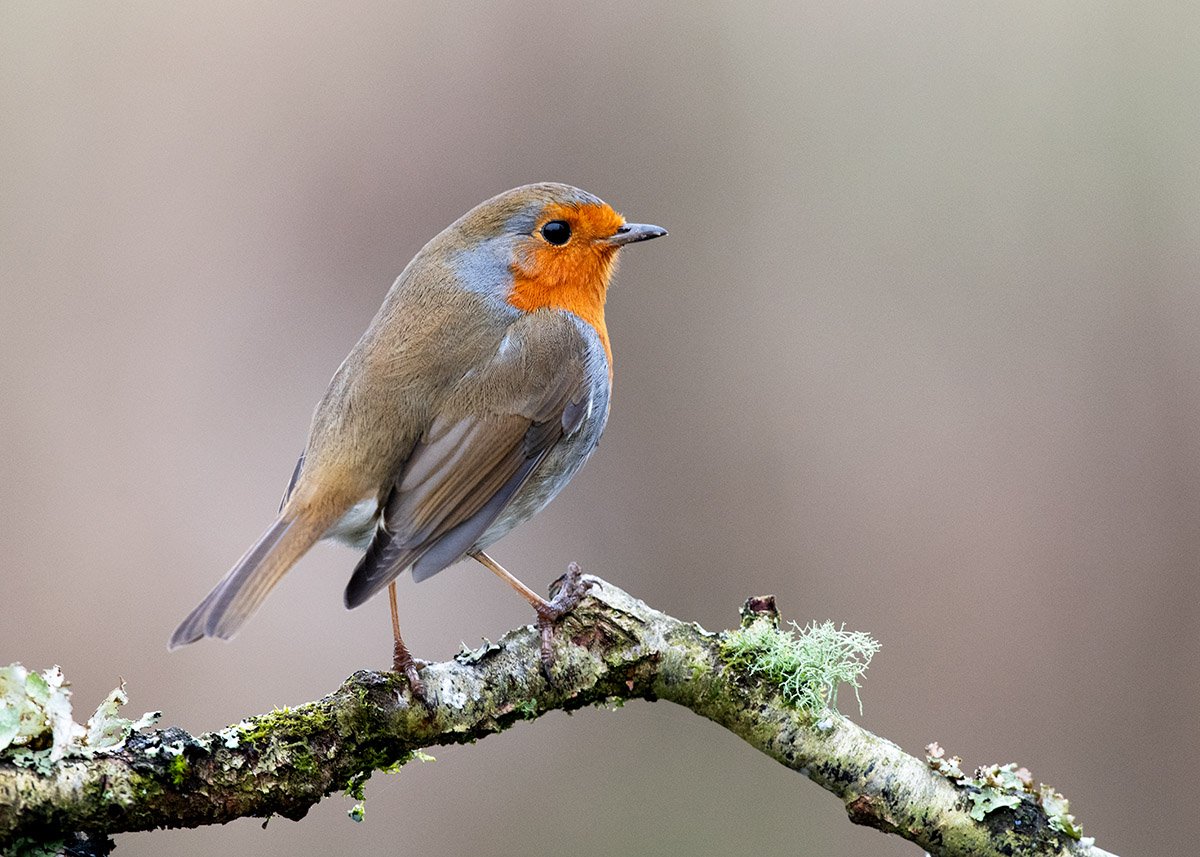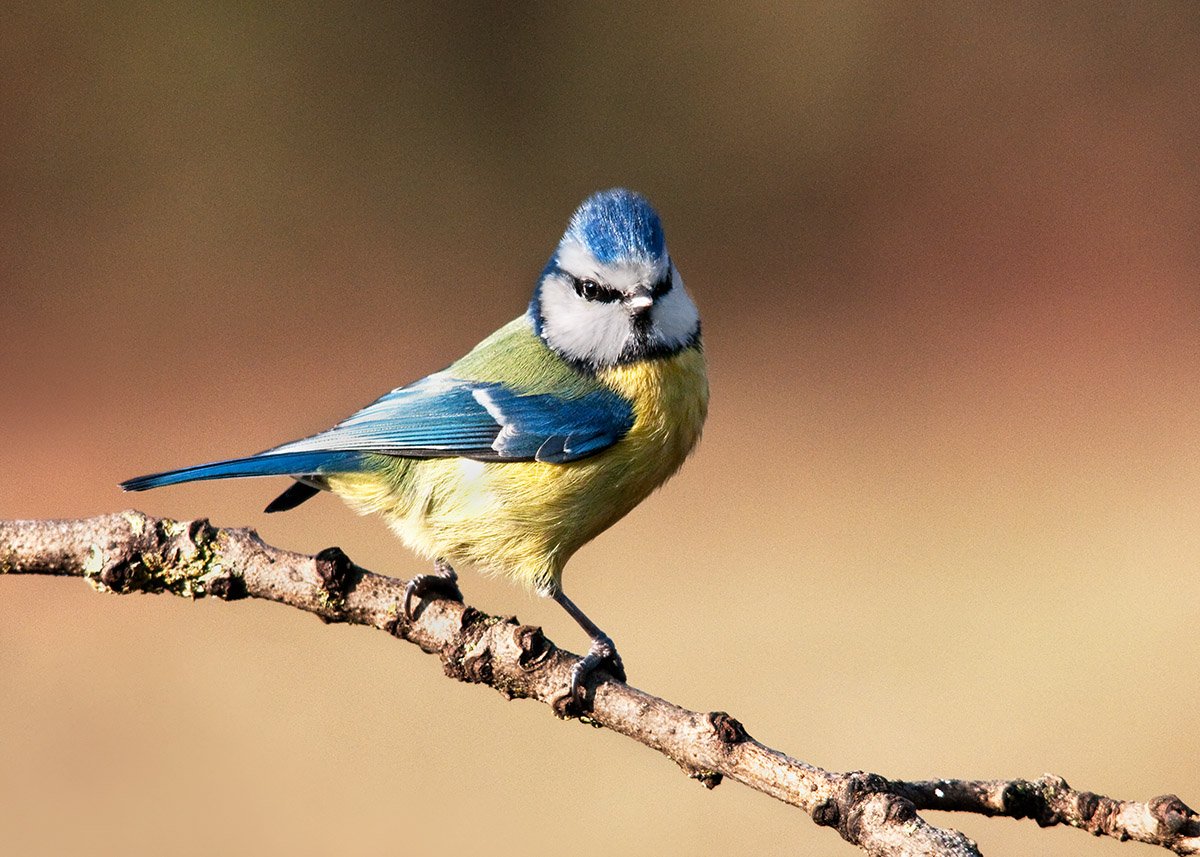 Image 1 of
Image 1 of


Goldcrest
The goldcrest, Europe's smallest bird, is a delightful and charming species known for its diminutive size and lively behaviour. Here's an overview of this tiny avian gem:
Appearance: Goldcrests are tiny birds with olive-green upperparts, yellowish underparts, and distinctive black and white stripes on their faces. They have a bright golden crest on their heads, which they can raise or lower depending on their mood. Despite their small size, they are energetic and agile flyers.
Habitat: Goldcrests are primarily found in coniferous and mixed woodlands, where they forage for insects and spiders among the branches and needles of trees. They are also known to inhabit gardens, parks, and other wooded areas, particularly during migration and winter.
Behaviour: Goldcrests are constantly in motion, flitting from branch to branch in search of small insects and other prey. They have high-pitched, trilling calls and are often heard before they are seen. During the breeding season, males may engage in elaborate displays to attract mates, including fluttering flights and singing from prominent perches.
Diet: Goldcrests primarily feed on insects, spiders, and other small invertebrates found in the foliage of trees and shrubs. They have fine, needle-like bills that are well-suited for picking insects from crevices and under bark.
Breeding: Goldcrests breed in mature coniferous forests, where they construct small, cup-shaped nests made of moss, lichen, and spider webs. The female lays a clutch of eggs, typically ranging from 6 to 10, which she incubates for around 15 days. Both parents share in the care of the young, feeding them insects until they fledge.
Conservation: While goldcrests are widespread and common throughout much of their range, they may face threats from habitat loss and degradation, particularly in areas where mature forests are being cleared for development or forestry. Conservation efforts focus on preserving and restoring suitable habitat and raising awareness about the importance of protecting these tiny birds.
Overall, the goldcrest's small size, vibrant plumage, and lively behaviour make it a beloved and cherished species among birdwatchers and nature enthusiasts.
The goldcrest, Europe's smallest bird, is a delightful and charming species known for its diminutive size and lively behaviour. Here's an overview of this tiny avian gem:
Appearance: Goldcrests are tiny birds with olive-green upperparts, yellowish underparts, and distinctive black and white stripes on their faces. They have a bright golden crest on their heads, which they can raise or lower depending on their mood. Despite their small size, they are energetic and agile flyers.
Habitat: Goldcrests are primarily found in coniferous and mixed woodlands, where they forage for insects and spiders among the branches and needles of trees. They are also known to inhabit gardens, parks, and other wooded areas, particularly during migration and winter.
Behaviour: Goldcrests are constantly in motion, flitting from branch to branch in search of small insects and other prey. They have high-pitched, trilling calls and are often heard before they are seen. During the breeding season, males may engage in elaborate displays to attract mates, including fluttering flights and singing from prominent perches.
Diet: Goldcrests primarily feed on insects, spiders, and other small invertebrates found in the foliage of trees and shrubs. They have fine, needle-like bills that are well-suited for picking insects from crevices and under bark.
Breeding: Goldcrests breed in mature coniferous forests, where they construct small, cup-shaped nests made of moss, lichen, and spider webs. The female lays a clutch of eggs, typically ranging from 6 to 10, which she incubates for around 15 days. Both parents share in the care of the young, feeding them insects until they fledge.
Conservation: While goldcrests are widespread and common throughout much of their range, they may face threats from habitat loss and degradation, particularly in areas where mature forests are being cleared for development or forestry. Conservation efforts focus on preserving and restoring suitable habitat and raising awareness about the importance of protecting these tiny birds.
Overall, the goldcrest's small size, vibrant plumage, and lively behaviour make it a beloved and cherished species among birdwatchers and nature enthusiasts.
The goldcrest, Europe's smallest bird, is a delightful and charming species known for its diminutive size and lively behaviour. Here's an overview of this tiny avian gem:
Appearance: Goldcrests are tiny birds with olive-green upperparts, yellowish underparts, and distinctive black and white stripes on their faces. They have a bright golden crest on their heads, which they can raise or lower depending on their mood. Despite their small size, they are energetic and agile flyers.
Habitat: Goldcrests are primarily found in coniferous and mixed woodlands, where they forage for insects and spiders among the branches and needles of trees. They are also known to inhabit gardens, parks, and other wooded areas, particularly during migration and winter.
Behaviour: Goldcrests are constantly in motion, flitting from branch to branch in search of small insects and other prey. They have high-pitched, trilling calls and are often heard before they are seen. During the breeding season, males may engage in elaborate displays to attract mates, including fluttering flights and singing from prominent perches.
Diet: Goldcrests primarily feed on insects, spiders, and other small invertebrates found in the foliage of trees and shrubs. They have fine, needle-like bills that are well-suited for picking insects from crevices and under bark.
Breeding: Goldcrests breed in mature coniferous forests, where they construct small, cup-shaped nests made of moss, lichen, and spider webs. The female lays a clutch of eggs, typically ranging from 6 to 10, which she incubates for around 15 days. Both parents share in the care of the young, feeding them insects until they fledge.
Conservation: While goldcrests are widespread and common throughout much of their range, they may face threats from habitat loss and degradation, particularly in areas where mature forests are being cleared for development or forestry. Conservation efforts focus on preserving and restoring suitable habitat and raising awareness about the importance of protecting these tiny birds.
Overall, the goldcrest's small size, vibrant plumage, and lively behaviour make it a beloved and cherished species among birdwatchers and nature enthusiasts.
Printed on Epson Premium glossy paper using Epson UltraChrome inks, your print is guaranteed to showcase incredible quality with rich, vibrant colors. Thanks to Epson's advanced ink technology, your print will retain its stunning appearance for years to come.
Each detail of your image will be brought to life with remarkable clarity and precision, capturing the essence of the scene as if you were there in person. Whether it's the vivid hues of a sunset or the intricate details of a landscape, every aspect will be rendered with breathtaking accuracy.
Standard UK shipping is included in the price, ensuring that your print arrives safely and promptly. For customers located in the UK Highlands and Islands or overseas, please feel free to contact me for a shipping quote tailored to your location.
Experience the beauty of your favorite scenes in stunning detail with a print that exceeds expectations, made possible by Epson UltraChrome inks and premium glossy paper.





